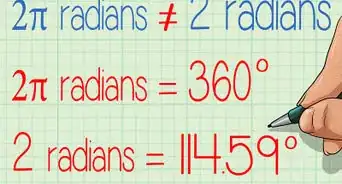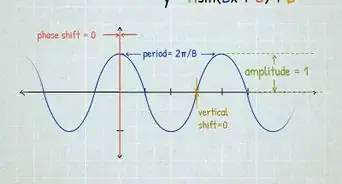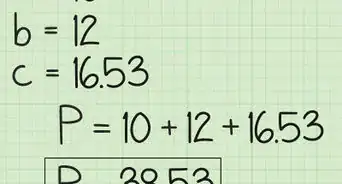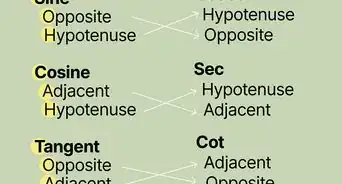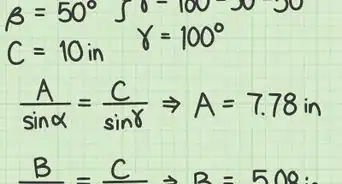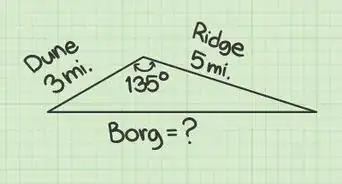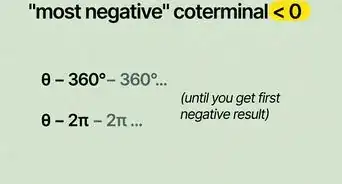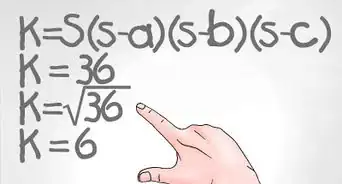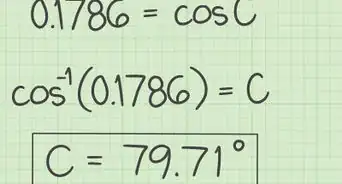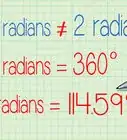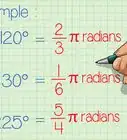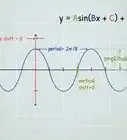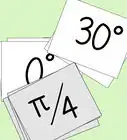X
wikiHow is a “wiki,” similar to Wikipedia, which means that many of our articles are co-written by multiple authors. To create this article, volunteer authors worked to edit and improve it over time.
This article has been viewed 154,604 times.
Learn more...
The unit circle is an excellent guide for memorizing common trigonometric values. However, there are often angles that are not typically memorized. We will thus need to use trigonometric identities in order to rewrite the expression in terms of angles that we know.
Preliminaries
- In this article, we will be using the following trigonometric identities. Other identities can be found online or in textbooks.
-
Summation/difference
-
Half-angle
Part 1
Part 1 of 2:
Example 1
-
1Evaluate the following. The angle is not commonly found as an angle to memorize the sine and cosine of on the unit circle.
-
2Write the expression in terms of common angles. We know the cosine and sine of common angles like and It will therefore be easier to deal with such angles.[2]
-
3Use the sum/difference identity to separate the angles.[3]
-
4Evaluate and simplify.
Advertisement
Part 2
Part 2 of 2:
Example 2
-
1Evaluate the following.
-
2
-
3Use the half-angle identity.[5]
-
4Evaluate and simplify. The plus-minus on the square root allows for ambiguity in terms of which quadrant the angle is in. Since is in the first quadrant, the sine of that angle must be positive.
Advertisement
Community Q&A
-
QuestionHow do I find the exact value of sine 600?
 DonaganTop Answerer600° = 60° when considering trig functions. [600 - (3)(180) = 60] Sine 600° = sine 60° = 0.866.
DonaganTop Answerer600° = 60° when considering trig functions. [600 - (3)(180) = 60] Sine 600° = sine 60° = 0.866. -
QuestionWhat does ASTC stand for in trigonometry?
 DonaganTop AnswererIt stands for the "all sine tangent cosine" rule. It is intended to remind us that all trig ratios are positive in the first quadrant of a graph; only the sine and cosecant are positive in the second quadrant; only the tangent and cotangent are positive in the third quadrant; and only the cosine and secant are positive in the fourth quadrant.
DonaganTop AnswererIt stands for the "all sine tangent cosine" rule. It is intended to remind us that all trig ratios are positive in the first quadrant of a graph; only the sine and cosecant are positive in the second quadrant; only the tangent and cotangent are positive in the third quadrant; and only the cosine and secant are positive in the fourth quadrant. -
QuestionWhat's the exact value of cosecant 135?
 DonaganTop AnswererYou can find exact trig functions by typing in (for example) "cosecant 135 degrees" into any search engine.
DonaganTop AnswererYou can find exact trig functions by typing in (for example) "cosecant 135 degrees" into any search engine.
Advertisement
References
About This Article
Advertisement

















